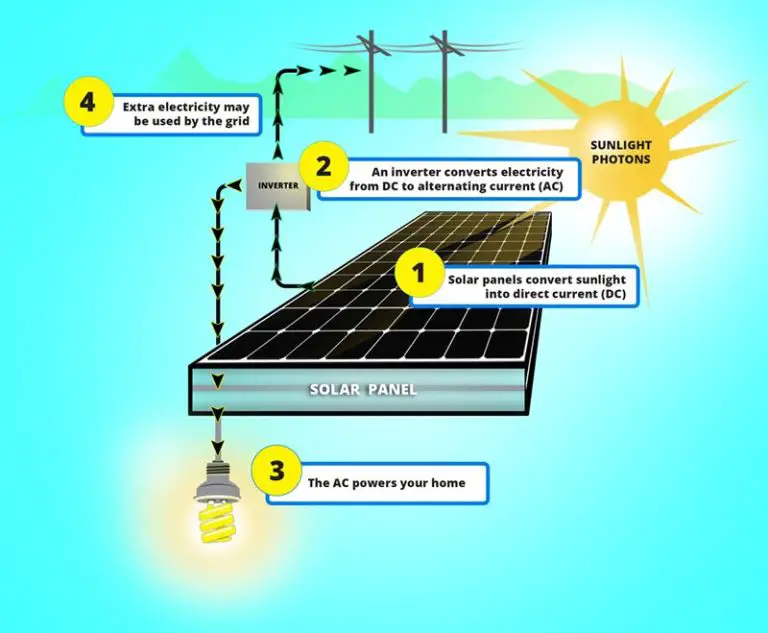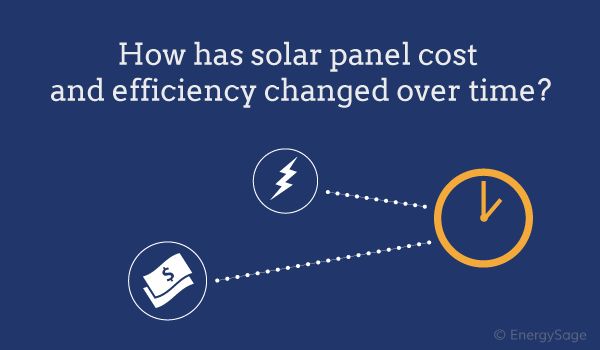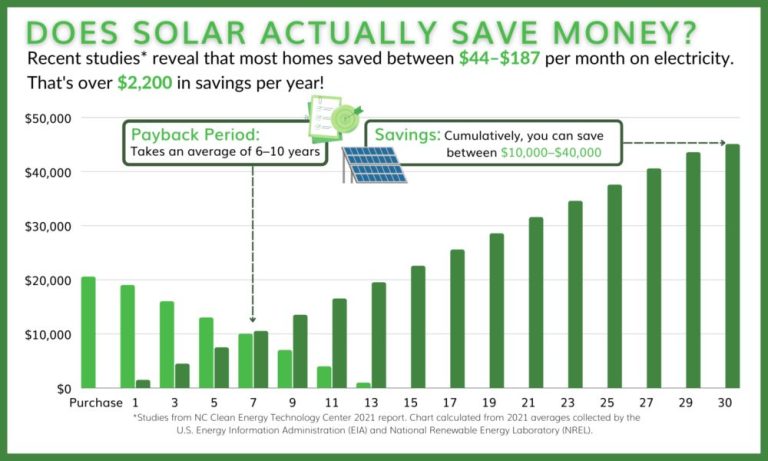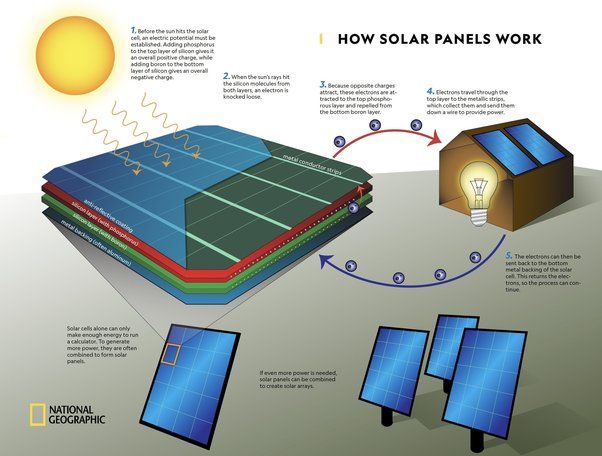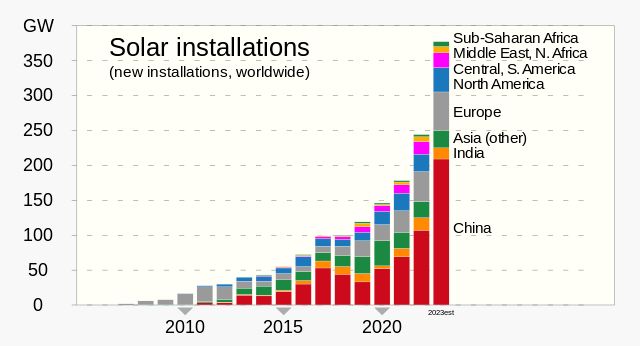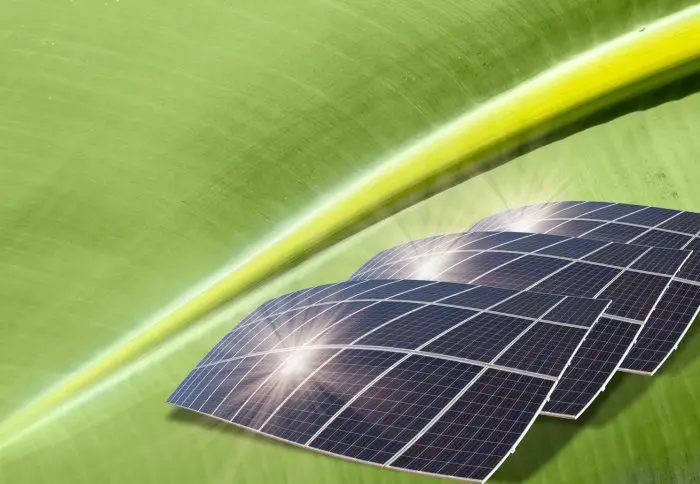Why Is Solar The Most Popular Renewable Energy Source?
Solar energy has experienced explosive growth over the past decade, becoming the fastest growing energy source worldwide. Once considered a niche player in the energy market, solar has emerged as a mainstream energy solution that continues to gain market share. The rapid adoption of solar energy technologies like photovoltaic panels and concentrated solar plants has been driven by a perfect storm of factors that have made solar energy more accessible, affordable and sustainable than ever before.
Declining Costs
The cost of solar power has declined dramatically over the past decade, making it increasingly affordable and competitive with conventional energy sources. The average price of a solar panel has dropped over 70% since 2010. In addition, reductions in soft costs like permitting, installation labor, and financing have further driven down the total installed cost of solar systems. According to Lazard’s annual Levelized Cost of Energy analysis, utility-scale solar PV is now one of the cheapest sources of new electricity generation, often less expensive than coal and natural gas on a per kWh basis. Residential solar costs have fallen by over 60% in the past 10 years. These remarkable cost declines are primarily attributed to improvements in solar panel efficiency and manufacturing scale as well as strong demand growth, spurring technological innovation and economies of scale.
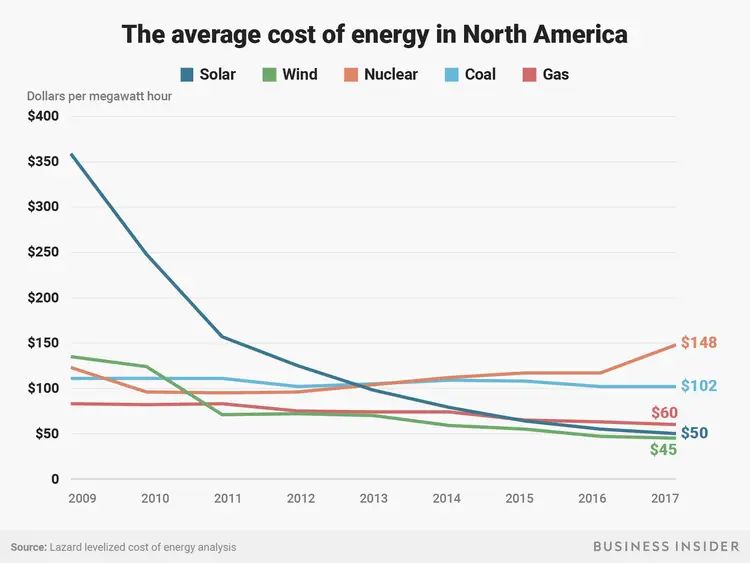
Improving Efficiency
The efficiency of solar panels has steadily increased over time. In the 1970s, the typical efficiency of a solar panel was only around 5-6%. This means that only 5-6% of the sunlight hitting the solar panel was converted into usable electricity. Today’s solar panels on average convert 15-20% of the sunlight into electricity, with premium panels achieving over 22% efficiency. Scientists in research labs have even demonstrated solar cells that can achieve over 40% efficiency in controlled conditions.
There are a few key factors that have driven these major improvements in efficiency:
- Advances in materials science that have led to better semiconductor materials for absorbing sunlight.
- Improved manufacturing techniques that reduce defects and imperfections in solar cells.
- Innovations in solar cell design, such as using multiple layers of materials to better capture different wavelengths of light.
- Nanotechnology improvements allowing for more precise control over solar cell structure.
Higher efficiency means you can get more electricity from the same sized solar panel. So as efficiency has improved over the decades, homeowners and businesses can install fewer panels while still meeting their energy needs. The smaller system size then helps further reduce costs.
Government Incentives
Government subsidies, tax credits, and policies at both the federal and state level have helped drive the adoption of solar energy in recent years. At the federal level, the investment tax credit (ITC) allows homeowners to deduct 26% of the cost of installing a residential solar energy system from their federal taxes. This credit is scheduled to decrease to 22% in 2023 before phasing out completely for residential projects in 2024. However, many industry advocates are pushing for an extension of the ITC to further boost solar adoption.
In addition to the ITC, the federal government has provided renewable energy grants, loans, and other financing options to support solar deployment. The Solar Energy Technologies Office under the Department of Energy funds early-stage solar research and development.
At the state level, policies like renewable portfolio standards (RPS) mandate that utilities generate a certain percentage of their electricity from renewable sources like solar. As of 2022, 30 states have implemented RPS policies with solar carve-outs or specific solar tier targets. Many states and utilities also offer rebates or performance-based incentives to reduce the upfront costs of going solar for homeowners and businesses.
Net metering policies, now present in 40 states, allow solar panel owners to send excess electricity back to the grid in exchange for bill credits. This policy has been instrumental in making solar power financially viable for residential systems. Overall, federal and state incentives have lowered costs, stimulated demand, and enabled the solar industry to scale up to meet the growing market.
Environmental Benefits
Solar energy has significant environmental benefits compared to fossil fuel energy sources like coal, oil, and natural gas. Unlike fossil fuels, the use of solar energy does not produce air pollution or greenhouse gases. Switching to solar energy can help reduce carbon emissions and fight climate change.
Fossil fuel power plants emit pollutants like nitrogen oxides, sulfur dioxide, particulate matter, and heavy metals like mercury. These pollutants contribute to acid rain, smog, respiratory illness, and other health problems. Solar panels produce electricity without emitting any air pollution.
Burning fossil fuels also releases carbon dioxide, the primary greenhouse gas responsible for global warming. Solar energy systems do not release any carbon emissions. Increasing solar energy use offsets carbon emissions from fossil fuels, helping reduce the impact of climate change.
In addition, solar energy systems have a small land use footprint compared to other energy sources. Fossil fuel power plants, pipelines, and extraction activities use extensive land areas. Solar panels can be installed on rooftops and parking lots, minimizing land disturbance.
With its minimal air emissions, small land footprint, and zero carbon emissions, solar energy is one of the most environmentally sustainable energy sources available today.
Grid Parity
As solar panel costs have declined sharply, solar energy has achieved grid parity in some areas. Grid parity refers to the point at which producing electricity from solar costs about the same as purchasing power from the electric grid. Factors that impact when solar reaches parity include the costs of solar panels and installation, the amount of sun an area receives, electricity rates, and government incentives.
According to studies, solar has now reached grid parity in many of the sunniest states. Areas like California, Arizona, New Mexico and parts of the Southwest have ideal solar resources. Rooftop solar panels in these regions can often generate electricity for a similar price per watt as grid electricity. This parity has led to major growth in residential solar adoption in leading markets.
At the utility scale, solar is now one of the cheapest forms of electricity generation. In sunny areas, new large-scale solar installations can produce electricity around $0.02 – $0.05 per kWh, competitive with even natural gas plants. As solar’s levelized costs continue to decline while retail electricity prices rise, grid parity will spread to even more parts of the country in the coming years.
Residential Adoption
The declining costs and improving efficiency of solar panels have made residential solar installations increasingly attractive. Over the last decade, the number of homes with rooftop solar has expanded exponentially. As of 2021, there were over 3 million homes in the United States with solar installations, up from just 10,000 in 2003. Many homeowners are choosing to go solar for the long-term cost savings and energy independence it provides. The average home solar system size is now 8 kW, generating around 10,000 kWh annually and offsetting over 70% of a typical home’s electricity use. Some states like California and Florida now have over 1 million homes with solar panels installed. With battery storage options improving and becoming more affordable, residential solar adoption is expected to continue its impressive growth in the years ahead.
Commercial Use
Businesses and corporations have been rapidly adopting solar energy to power their facilities and operations. Some key examples include:
- Amazon has installed solar arrays on the rooftops of over 100 fulfillment centers and sortation centers globally. Their goal is to reach 100% renewable energy by 2025.
- Apple powers all of its data centers and facilities with 100% renewable energy, much of which comes from large solar farms near its data centers.
- Target has over 500 solar arrays on store rooftops and distribution centers, totaling over 240 megawatts of solar capacity.
- Walmart is one of the leading corporate solar installers in the U.S. with over 540 renewable energy projects including many rooftop solar arrays.
- IKEA has installed solar panels on over 90% of its U.S. locations to power its buildings and EV charging stations.
- Google has invested over $2.5 billion in renewable energy projects globally, including large solar installations to power its data centers.
Many other global brands and Fortune 500 companies are turning to solar power to reduce operating costs, meet sustainability goals, and boost their renewable energy portfolio. The declining costs, improved efficiency, and environmental benefits are driving commercial solar adoption.
Utility-Scale Solar
In recent years, there has been rapid growth in the development of large, utility-scale solar power plants. These massive solar farms have capacities of hundreds of megawatts and cover hundreds or thousands of acres of land. Utility-scale solar provides economies of scale that reduce costs, making solar power increasingly cost-competitive with fossil fuels. Major solar companies and utilities are investing billions into large solar projects, with over 25GW of new utility-scale solar expected to come online in the U.S. in 2023. Regions with abundant sunlight like the Southwest U.S. are seeing huge solar farms pop up to feed power into the grid. As solar costs continue to fall and storage technology improves, utility-scale solar is poised to become one of the main sources of renewable electricity generation.
Conclusion
In summary, solar energy has emerged as the most popular renewable energy source due to several key factors. The costs of solar panels and installation have declined dramatically in recent years, making solar much more affordable for homeowners and businesses. At the same time, solar panel efficiency has steadily improved, allowing solar systems to produce more energy from the same footprint. Government incentives like tax credits have further accelerated the adoption of solar energy.
In addition, solar energy provides compelling environmental benefits. Unlike fossil fuels, solar does not emit greenhouse gases or other pollutants. As solar scales up, it can significantly reduce the carbon emissions that drive climate change. The modular nature of solar photovoltaics also allows it to be deployed rapidly and grow quickly.
Looking ahead, forecasts suggest strong continued growth for solar energy. As solar reaches grid parity in more locations and energy storage technologies advance, solar combined with batteries will become an increasingly cost-effective option. With supportive government policies, solar is poised to become a major pillar of the global shift to renewable energy and clean electricity production.

